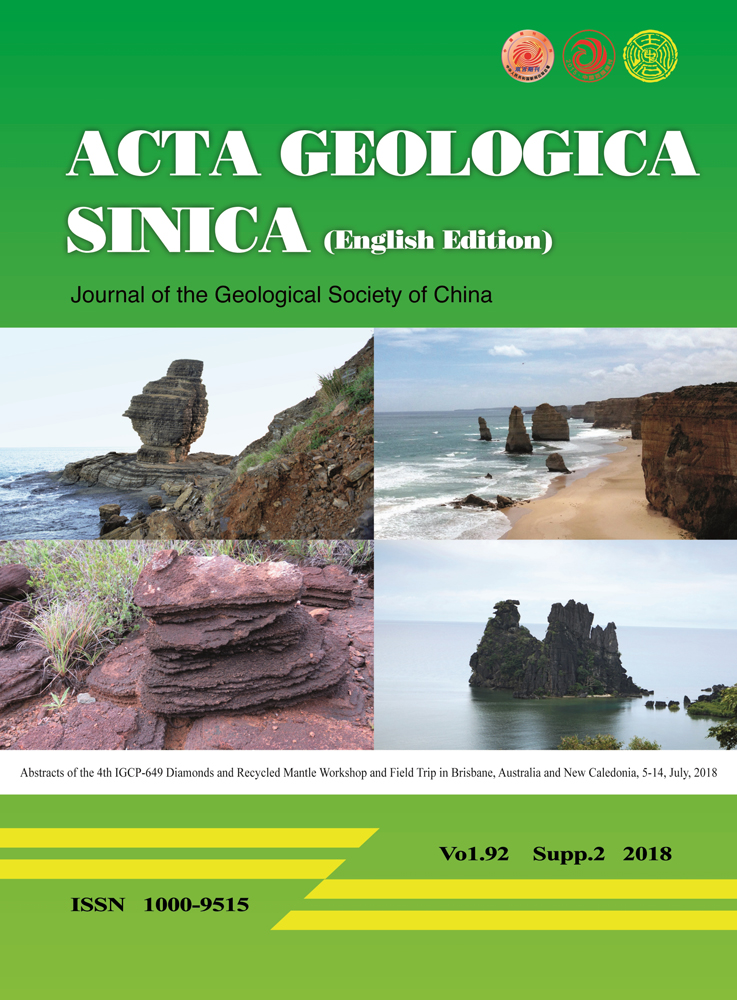The Metamorphic Evolution and Tectonic Significance of the Eclogite in the Sumdo Complex, Tibet, China
Abstract
As the main tectonic component of the Himalayan–Tibetan orogen, the Lhasa terrane has received much attention as it records the entire history of the orogeny. The occurrence of high pressure eclogite in the Sumdo complex in central Lhasa terrane has a significant bearing on the understanding of the Paleo-Tethys subduction and plate itineration processes in this area. The petrological, geochemical and geochronological data from eclogite and associated blueschist and garnet-bearing mica schist from Sumdo, Jilang and Bailang area have been briefly review to explore the origin and metamorphic evolution of this suture. Eclogites from the Sumdo complex have experienced low temperature, high pressure to ultrahigh pressure metamorphism, revealing a fast subduction and exhumation process in a typical oceanic subduction zone. The large P-T span between different eclogites in the literature may be affected by the big error of unappropriated using geothermobarometry and may also because of slices of subducted blocks derived from different depths juxtapose together during exhumation. By summarizing the U-Pb, Lu-Hf and Sm-Nd ages of eclogites, the eclogite facies metamorphism is likely to occur in early Triassic during 245-225 Ma, but not the previously accepted late Permian at ca. 260 Ma by the reinterpretation of the former geochronological data from literature. The opening of Paleo-Tethys Ocean between the Lhasa terrane initiate prior to ca. 280 Ma and ultimate closure to integrate the Lhasa terrane was no earlier than 225 Ma and may triggered by the initial subduction of Bangong-Nujiang Tethys Ocean in the north.




